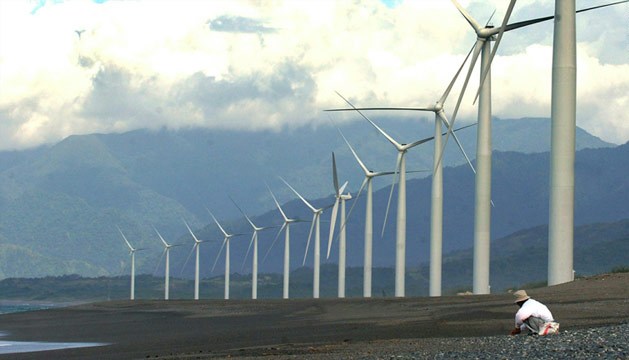Alternative Energy Development in Japan
Japan is a densely populated country, and it makes the Japanese market more difficult than other markets. If we take advantage of the possibility of near-beach installations or even future offshore installations, it will give us the possibility to continue to use wind energy. If we go abroad, it is more expensive because the construction of the foundation is expensive. But often the wind is stronger offshore, and it can offset higher costs. We are increasingly competitive with our equipment. The price if you measure it per kilowatt-hour will be lower due to the fact that the turbine becomes more efficient. So we created increased interest in wind energy. If you compare it with other renewable energy sources, the wind so far is the most competitive today. If we can use sites close to the sea or at sea with good wind engines, then the price per kilowatt-hour is competitive against other energy sources, said Svend Sigaard, who happens to be president and CEO of the world's largest wind turbine maker, wind system Vestas from Denmark. Vestas is very involved in capital investment to help Japan expand its wind turbine power plant capacity. He sought to install an offshore installation in a country that was said to be ready for investment returns into alternative energy research and development.
 |
| Alternative Energy Development in Japan |
Japanese people know that they cannot submit to energy supplies ordered by foreign countries. World War II taught them that, when the US destroyed their oil supply lines and paralyzed their military machines. They need to generate their own energy, and they become remote island countries with few natural resources conducive to energy production as defined now are very open to foreign investment and foreign development and the prospects for technological innovation that can make them independent. Allowing corporations such as Vestas to make the country run with more energy produced by the wind is a step in the right direction for the Japanese people.
Energy production through what is known as a microhydro power plant has also occurred in Japan. Japan has many rivers and mountain streams, and this is an ideal place to install micro-hydro power plants, defined by New Energy and Industrial Technology Development Organizations as water-run power plants that have a maximum output of 100 kilowatts or less. In comparison, a "minihydroelectric" power plant can produce up to 1000 kilowatts of electricity.
In Japan, small-scale mini-micro and hydroelectric power plants have been considered for a reasonable time to create electricity in mountainous areas, but they are also considered to be very good through improvement in cities in Japan. City Waterworks Kawasaki, Japan Natural Energy Company, and Tokyo Electric Power Company have all been involved in developing small-scale hydroelectric power plants in Japanese cities.
0 Response to "Alternative Energy Development in Japan"
Post a Comment